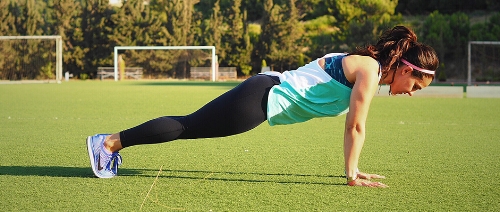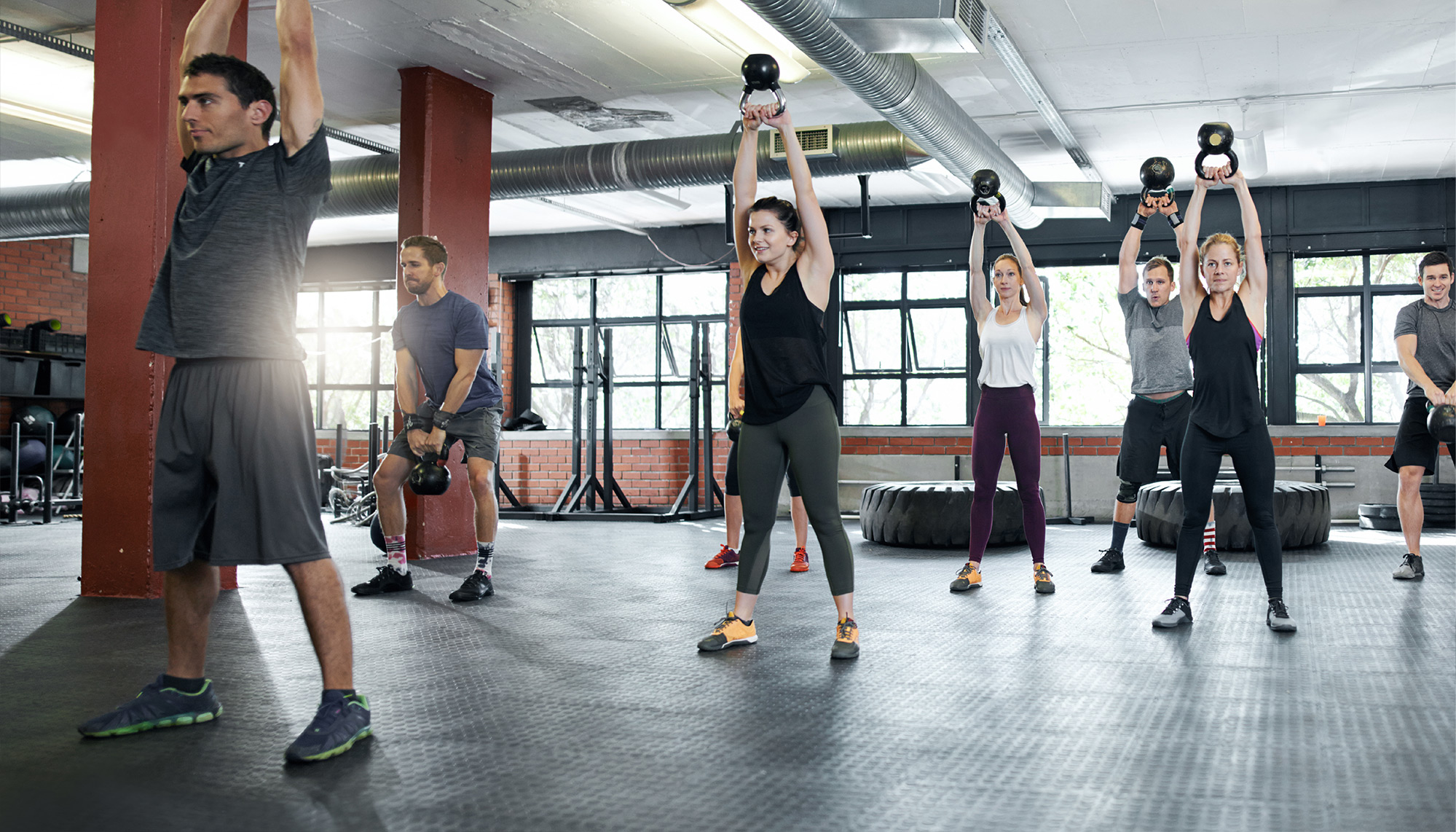Pregnancy and Exercise: What You Need to Know

Exercising while pregnant has many superb benefits—it can lift your spirits and help you prepare both for labor and childbirth.
However, you have to approach prenatal exercise with extra caution when pregnant so you don’t endanger yourself and your baby.
Reap all the benefits prenatal exercise has to offer and keep yourself and your baby safe by keeping in mind the following:

Get advice from your healthcare provider
If you have been exercising regularly prior to your pregnancy, then chances are you can continue working out just like before.
However, you can no longer (at least for the time being) engage in strenuous exercise routines like CrossFit, cycling, or horseback riding.
Instead, opt for safe and gentle prenatal exercise options like swimming, walking, yoga, prenatal Pilates, and dancing, to name a few.
To be safe, talk to your doctor first so you will be given exercise recommendations that are safe for you and the baby.
Wear comfortable clothing
During your exercise session, it is ideal to wear breathable and loose-fitting clothing. Also, ensure your maternity bra offers the support you need so you can go about your workout comfortably.
Opt for athletic shoes that offer a good support and fit. If you have mild swelling in your feet, it will be best to give your pre-pregnancy sneakers a rest and invest in a new, more comfortable pair.
Stay hydrated
Drink water before, after, and when necessary, during exercise. Doing so will help ensure you will stay hydrated. Bear in mind that dehydration can be dangerous especially when you are pregnant.
Apart from likely causing contractions, dehydration can also possibly raise your body’s temperature to levels that might be detrimental for you and the baby.
While there’s really no official recommendation as to the right amount of water pregnant women should drink during pregnancy, the following would be a good guideline to follow: one cup (8 ounces) prior to exercising, one cup for every 20 minutes you are exercising, and another cup after your workout. Of course, when it’s humid or hot, you’ll most likely need more.
Don’t lie flat on your back
After the first trimester, it is recommended not to do exercises that would entail lying flat on your back. The position puts pressure on a major vein known as the vena cava. This can result to a reduced blood flow to the heart as well as to the brain and uterus. This can also lead to dizziness, nausea, and shortness of breath.
While some pregnant women are comfortable in the position even months into their pregnancy, it is not a good gauge if the blood flow is not affected. If you need to, place a pillow under the buttock so you will be almost supine without compressing the vein.

Don’t overexert yourself
Refrain from exercising to the point of exhaustion. Slow down if you can no longer carry a conversation. However, the best guideline would be to listen to your body.
Telltale signs like dizziness, palpitations, blurred vision, nausea, and aches are some of the clear indications you need to slow down or stop exercising altogether. In essence, you should feel refreshed and revitalized after each workout and not exhausted.
Don’t forget to warm up
Doing warm-ups will not only prepare your joints and muscles for exercise but more importantly, it will help build your heart rate up gradually.
If you skip warming up and immediately proceed to exercising, you can end up straining your ligaments and muscles. You will also likely experience post workout pains and aches.
Incorporating at least 30 minutes of prenatal exercise in your everyday routine can do wonders for you and your baby. As long as you remain cautious, it is possible to stay fit while pregnant.




